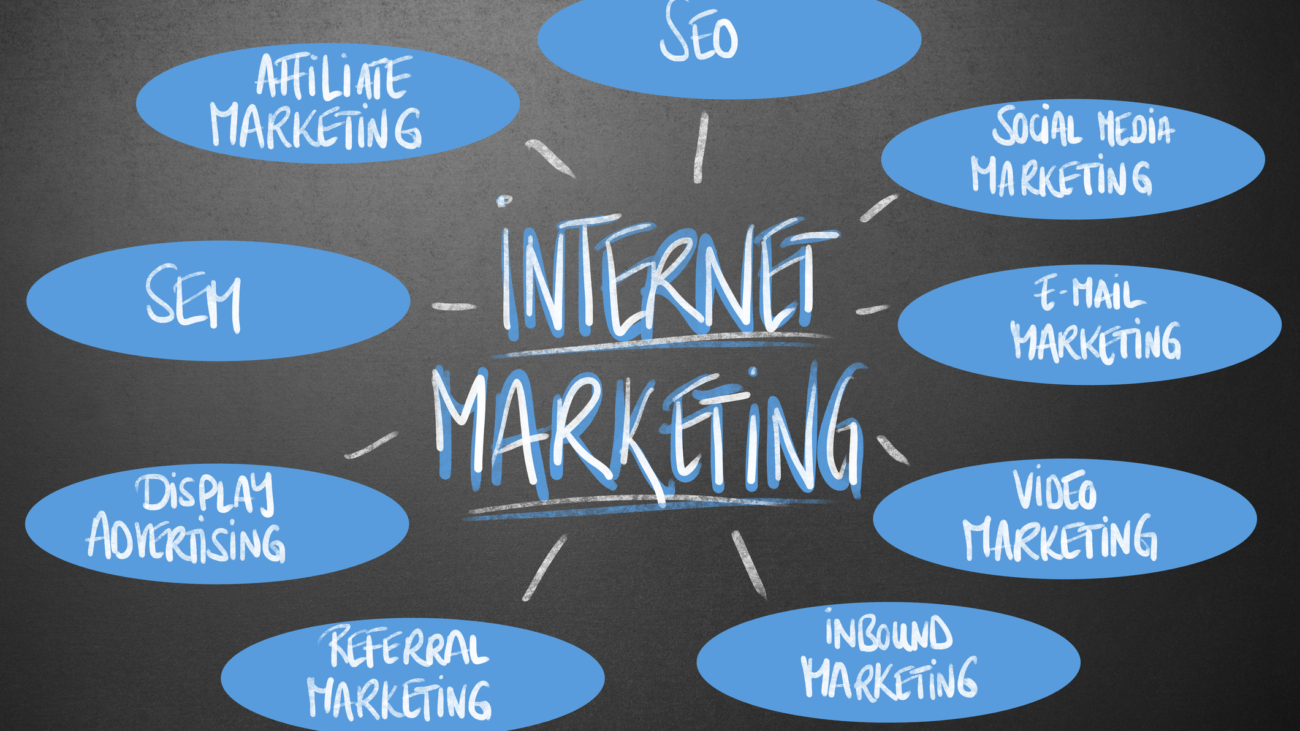Are you not getting the results you expected despite investing time and money into your advertising campaigns? The problem might not be with your strategy or targeting, but rather with your ad placements.
In the competitive world of digital advertising, it’s crucial that your ads are being viewed by the right audience and delivering a healthy ROI. Ad verification can enhance your ad performance by identifying and eliminating fraudulent or low-quality ad placements.
Ad verification technology is a must for ensuring that your budget is being well-spent. Discover the advantages of ad verification, along with effective techniques, to maximize your ad performance.
Overview of Ad Verification
With a digital landscape full of potential customers, it’s important to target the right audience with relevant ads to achieve campaign objectives. Our innovative Ad Verification tool helps achieve this goal by confirming that ads reach the desired audiences, run in brand-safe environments, and meet other requirements (e.g. regulatory, industry standards).
It works by using sophisticated algorithms and technologies to scan the web and analyze ad placements against predefined criteria. From there, the tool alerts the advertiser of any issues that may impact campaign performance.
By verifying the quality of your ad placements, you can avoid wasting resources and improve the success of your campaigns. Ad verification also benefits publishers by maintaining the integrity of their platforms and attracting more advertisers.
Ad Verification Techniques to Enhance Ad Performance
Ad verification offers various techniques to guarantee the effectiveness and safety of advertising campaigns. Here are some of the most powerful ad verification techniques and their benefits:
Viewability verification
This feature helps advertisers determine if their ads are actually visible to users. By measuring viewability, advertisers can optimize their campaigns and get more bang for their buck.
For example, viewability verification enables you to shift focus on ad placements that have better visibility, boosting engagement and click-through rates.
Brand safety verification
Brand safety verification ensures that ads aren’t displayed alongside inappropriate or harmful content in real-time. Preventing such placements helps advertisers to protect their brand image and maintain trust with their target audience.
While this is important for every brand, it’s particularly critical for businesses in heavily regulated industries, such as financial services, children’s products, food and beverages, and health-related products.
Fraud detection
Ad verification tools can detect fraudulent activities, such as click fraud, ad stacking, and impression fraud. For instance, if an ad campaign suddenly experiences a significant increase in clicks from a certain region or an abnormally high number of clicks from a single IP address, it could be a sign of click fraud.
By monitoring and analyzing data, advertisers can identify and avoid fraud, ensuring that their ad budget is being used effectively and efficiently.
Ad placement verification
This technique checks that ads are placed on legitimate and reputable websites, as well as displayed without any issues. Ad placement verification is a powerful way to increase targeting accuracy and the likelihood of conversions.
Ad performance tracking
Ad verification tools provide performance metrics that help advertisers measure the success of their campaigns. By analyzing key performance indicators (KPIs), advertisers can make data-driven decisions to optimize their campaigns for better results.
Tracking and Measurement for Digital Advertising
No discussion for enhancing ad performance would be complete without a close-up of tracking and measurement. Take a look at the top advantages of using ad verification technology to monitor campaigns and report progress.
Gain valuable insights
Ad verification provides visibility into a wide range of KPIs like click-through rates, conversion rates, and cost per acquisition. These metrics allow you to gauge the effectiveness of your ad campaigns and identify areas for improvement.
Make data-driven decisions
Seamlessly identify patterns, trends, and audience preferences instead of flying blind. For example, you can leverage this data to refine ad messaging, targeting strategies, and creative elements to better resonate with your intended audience.
Optimize your advertising budget
By understanding which campaigns, keywords, or placements generate the highest ROI, you can allocate resources more efficiently. This helps prevent wasted ad spend and allows you to focus on tactics that drive successful outcomes.
Take Your Ad Performance to the Next Level
Ad verification is an essential part of the advertising process. It involves analyzing and confirming key elements of your ad, including accuracy, placement, and brand safety. With the right toolkit, you can take your ad performance to the next level — and beyond!
Contact us to get a free demo of our cutting-edge Ad Verification solution and start seeing the results you want.



